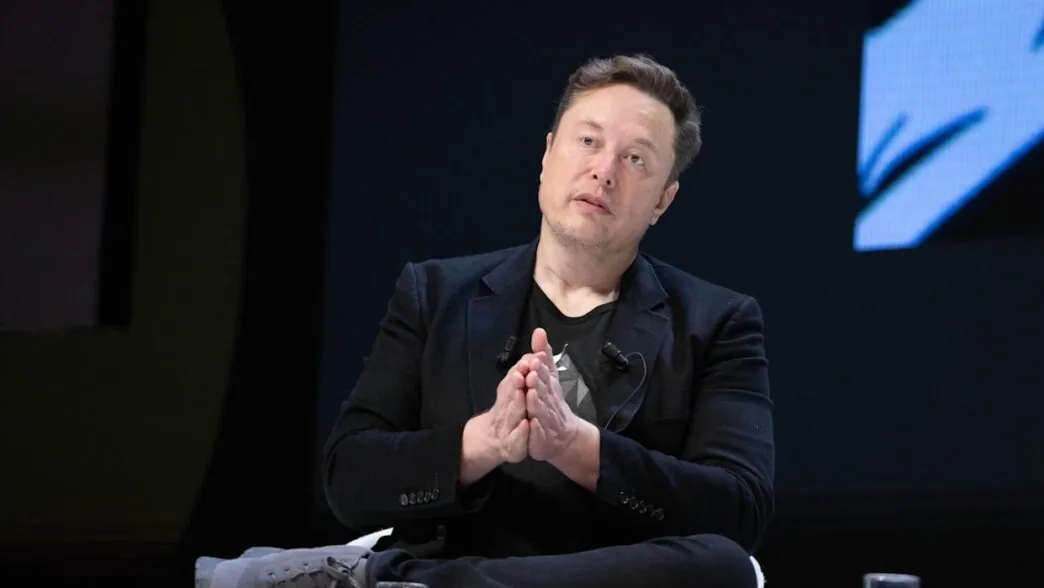During a recent interview with Fox News’ Bret Baier, Elon Musk stated that his Department of Government Efficiency (DOGE) reforms at the Social Security Administration would put more money into the hands of “legitimate recipients of Social Security.”
But is that a real possibility? GOBankingRates asked two experts to weigh in on Musk’s bold claim.
Can DOGE Actually Raise Social Security Payments?
Most experts remain skeptical that DOGE reforms will generate enough savings to boost benefits.
Chris Orestis, retirement expert and president of Retirement Genius, said it’s unlikely that the SSA is hemorrhaging money through fraud or waste at a level that would make a real impact. “The promise to find princely sums being paid to illegitimate recipients is not going to happen,” he said.
Orestis pointed to multiple reports, including those by The New York Times and Associated Press, that have already debunked many of Musk’s assertions about inefficiencies in the system.
Cutting Costs Doesn’t Mean Bigger Checks
Even if DOGE were able to eliminate fraud and waste, that wouldn’t automatically increase Social Security benefits.
“Social Security does not have the discretion to increase money being paid to beneficiaries based on somehow finding ‘extra’ money,” Orestis said. Benefit increases are strictly tied to the annual cost-of-living adjustment (COLA), which is based on inflation.
Martha Shedden, president and co-founder of the National Association of Registered Social Security Analysts (RSSA), was even more direct. “I doubt that Musk understands how Social Security benefits are calculated,” she said.
Shedden explained that benefit amounts are based on lifetime earnings, not trust fund balances or SSA staffing levels. Any changes would require new legislation from Congress.
She also warned that DOGE’s proposed staff and office cuts could hurt — not help — legitimate recipients trying to access their benefits.
What Would It Take To Actually Increase Benefits?
The reality is complicated. If no changes are made, the Social Security trust fund will support full payments only through 2035. After that, benefits could be cut by 17%, according to the 2024 Trustees Report.
“Social Security is funded by payroll taxes covering about two-thirds of annual spending and the Social Security trust fund covering the remaining third,” Orestis explained.
With a growing population of retirees, additional funding is needed to keep benefits stable or increase them.
Shedden said boosting benefits would require legislative action and more revenue. One approach is raising or eliminating the taxable earnings cap — currently set at $176,100 — to ensure higher-income earners contribute more.
Orestis added that potential reforms could include increasing the retirement age for future beneficiaries, raising taxes on high earners, or even limiting eligibility based on wealth.
“Do Jeff Bezos or Elon Musk really need to be on Social Security in the future?” he asked.
This Article Includes













